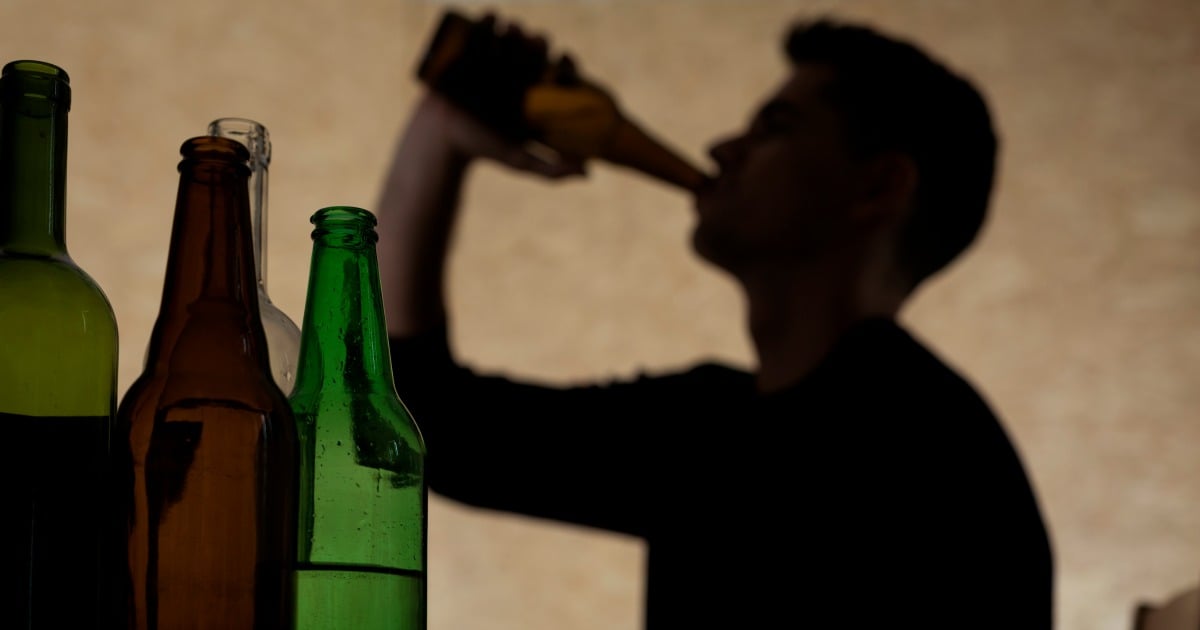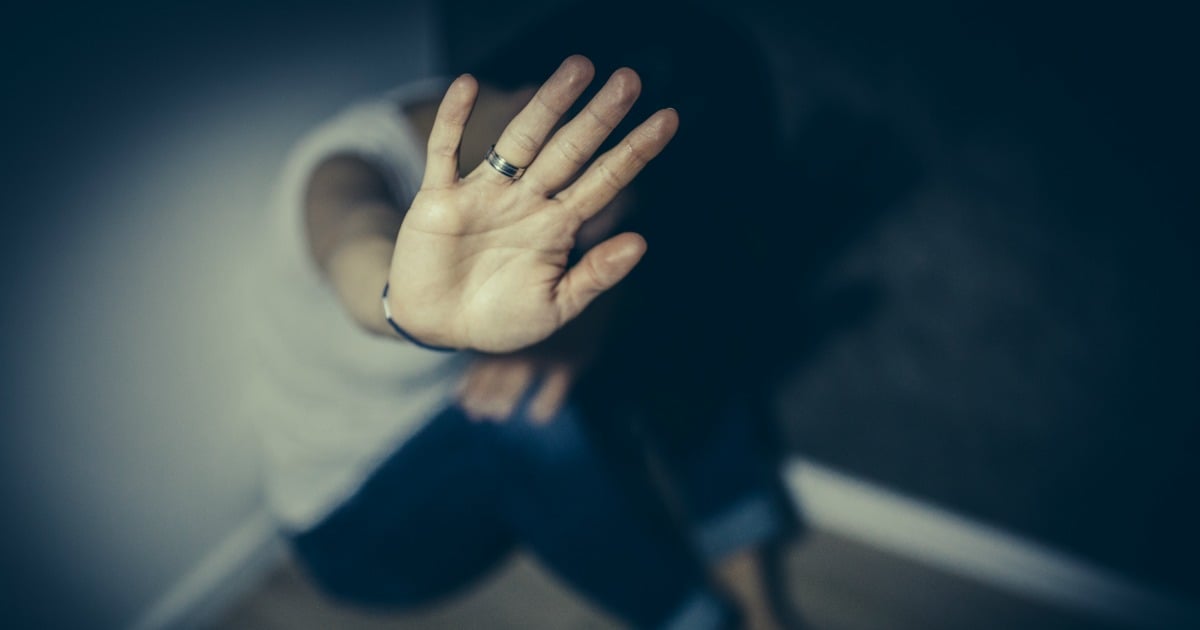Anyone who’s watching the SBS series First Contact can’t fail to be moved. It’s a hugely important insight into the reality of Indigenous Australia. Critics have frowned calling it exploitation. To the contrary, I believe it’s absolutely essential viewing – no matter how confronting it may be.
Any hope of understanding these harsh and heartbreaking issues starts with being honest about what we’re confronting. What’s the alternative? Switch over and pretend that the trauma doesn’t exist? Denial is not a solution.
Last week Elizabeth Henderson, director of the Australian Indigenous Chamber of Commerce, wrote an insightful piece for The Daily Telegraph. She talked about NT Coroner Greg Cavanagh, who conducted a report into the deaths of two Aboriginal women and described domestic violence in NT’s indigenous communities as “out of control”.
She says Cavanagh’s report detailed “bloodcurdling”, “bone-breaking violence”. That may make us wince to read but that doesn’t mean we have an excuse to look away.































































































